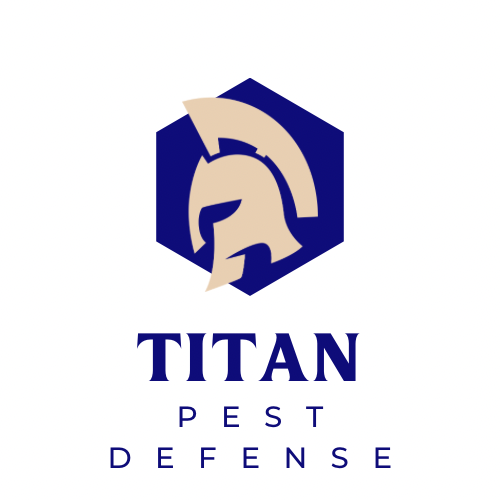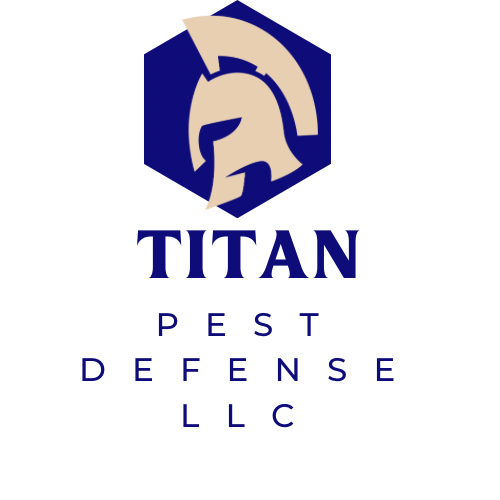Ectoparasites
Ectoparasites are external parasites that live on or around the body of their hosts, feeding on blood or skin. These pests can affect both humans and animals, often causing irritation, allergic reactions, and the transmission of disease. Here’s a look at the most common ectoparasites found in North Texas:
Types Of Ectoparasites
Fleas
Appearance:
Small, wingless insects about 1/8 inch long with reddish-brown, laterally flattened bodies.
Behavior:
Fleas are blood-feeding parasites that jump from host to host. Their bites can cause itching, irritation, and allergic reactions, and they are known to transmit tapeworms and other diseases.
Habitat:
Common on pets, in bedding, carpets, and furniture—especially where pets spend time.
Control Methods:
Use veterinarian-approved flea treatments, vacuum frequently, and wash pet bedding regularly. Severe infestations may require professional treatment.
Ticks
Appearance:
Flat, oval-shaped arachnids ranging from 1/16 to 1/4 inch in size; they swell after feeding.
Behavior:
Ticks attach to skin and feed on blood. They are vectors for serious illnesses like Lyme disease and Rocky Mountain spotted fever.
Habitat:
Tall grasses, wooded areas, and shady parts of yards. They can latch onto pets and people.
Control Methods:
Use tick prevention for pets, wear protective clothing outdoors, keep vegetation trimmed, and inspect thoroughly after time outside.
Lice
Appearance:
Tiny, wingless insects with flat bodies; generally about 1/16 to 1/8 inch long.
Behavior:
Lice live in hair or on skin and feed on blood or skin debris. They spread easily through close contact and can cause itching and skin irritation.
Habitat:
Scalp, body, or pubic area for humans; fur for animals.
Control Methods:
Use medicated shampoos or lice treatments, wash bedding and clothing in hot water, and clean personal items thoroughly.
Mites
Appearance:
Microscopic, eight-legged arthropods with round bodies; colors vary depending on species.
Behavior:
Some mites burrow into skin (e.g., scabies), while others live on the surface (e.g., mange mites on pets). They can cause intense itching, rash, and skin infections.
Habitat:
On pets, in bedding, carpets, and furniture; dust mites live in household dust.
Control Methods:
Frequent cleaning, washing fabrics in hot water, using mite-proof covers, and treating pets under veterinary guidance.
Bed Bugs (Cimex lectularius)
Appearance:
Flat, oval insects about 1/4 inch long; reddish-brown and darker after feeding.
Behavior:
Bed bugs feed on human blood, usually at night. They do not live on hosts but hide nearby and emerge to feed. Their bites often appear in lines or clusters and cause itching or allergic reactions.
Habitat:
Mattress seams, headboards, bed frames, baseboards, furniture cracks, and luggage. Frequently found in apartments, hotels, and dorms.
Control Methods:
Declutter, vacuum frequently, use mattress encasements, and wash bedding on high heat. Professional heat or pesticide treatments are often necessary for control.
House Fly (Musca domestica)
Appearance:
House flies are about 1/4 inch long, with gray bodies and four dark stripes on their thorax. They have slightly hairy bodies, red compound eyes, and a single pair of wings.
Behavior:
House flies are known for their rapid reproduction and ability to transmit diseases. They feed on a variety of substances, including human food, animal waste, and garbage.
Habitat:
Commonly found in homes, restaurants, and other structures, especially near food sources and waste disposal areas.
Control Methods:
Maintain cleanliness by promptly disposing of garbage, using tight-fitting lids on trash cans, and installing screens on windows and doors. Fly traps and insecticides can also be effective.
Mosquito (Family Culicidae)
Appearance:
Mosquitoes are slender insects about 1/4 to 1/2 inch long, with long legs, a pair of wings, and elongated mouthparts (proboscis) used for feeding.
Behavior:
Female mosquitoes feed on blood, which is necessary for egg development. They are vectors for various diseases, including West Nile virus and Zika virus.
Habitat:
Mosquitoes breed in standing water, such as ponds, birdbaths, and clogged gutters. Adults are often found in tall grass, shrubs, and other shaded areas.
Control Methods:
Eliminate standing water around properties, use insect repellents, install screens on windows and doors, and consider professional mosquito control services.
Fruit Fly (Drosophila melanogaster)
Appearance:
Fruit flies are tiny, about 1/8 inch long, with tan bodies, red eyes, and translucent wings.
Behavior:
Attracted to ripened or fermenting fruits and vegetables, fruit flies can rapidly infest kitchens and pantries. They lay their eggs near the surface of fermenting foods or organic materials.
Habitat:
Commonly found in kitchens, grocery stores, and anywhere food is allowed to rot and ferment.
Control Methods:
Store fruits and vegetables in the refrigerator, dispose of overripe produce, clean spills promptly, and use vinegar traps to capture adults.
Blow Fly (Family Calliphoridae)
Appearance:
Blow flies are about 1/4 to 1/2 inch long, with metallic blue, green, or black bodies and large reddish eyes.
Behavior:
Blow flies are attracted to decaying organic matter, where they lay their eggs. The larvae, known as maggots, feed on decomposing material.
Habitat:
Often found near garbage, animal carcasses, and compost piles.
Control Methods:
Properly dispose of waste, ensure garbage cans have tight-fitting lids, and remove animal carcasses promptly.
Drain Fly (Family Psychodidae)
Appearance:
Drain flies are small, about 1/8 inch long, with fuzzy, moth-like bodies and wings, usually gray or tan in color.
Behavior:
Often found near sinks and drains, drain flies breed in the organic matter that accumulates in pipes. They are weak fliers and are often seen resting on walls near breeding sites.
Habitat:
Commonly found in bathrooms and kitchens, especially near drains, sinks, and showers.
Control Methods:
Clean drains regularly to remove organic buildup, use drain cleaners or biological drain treatments, and fix any leaks to reduce moisture


